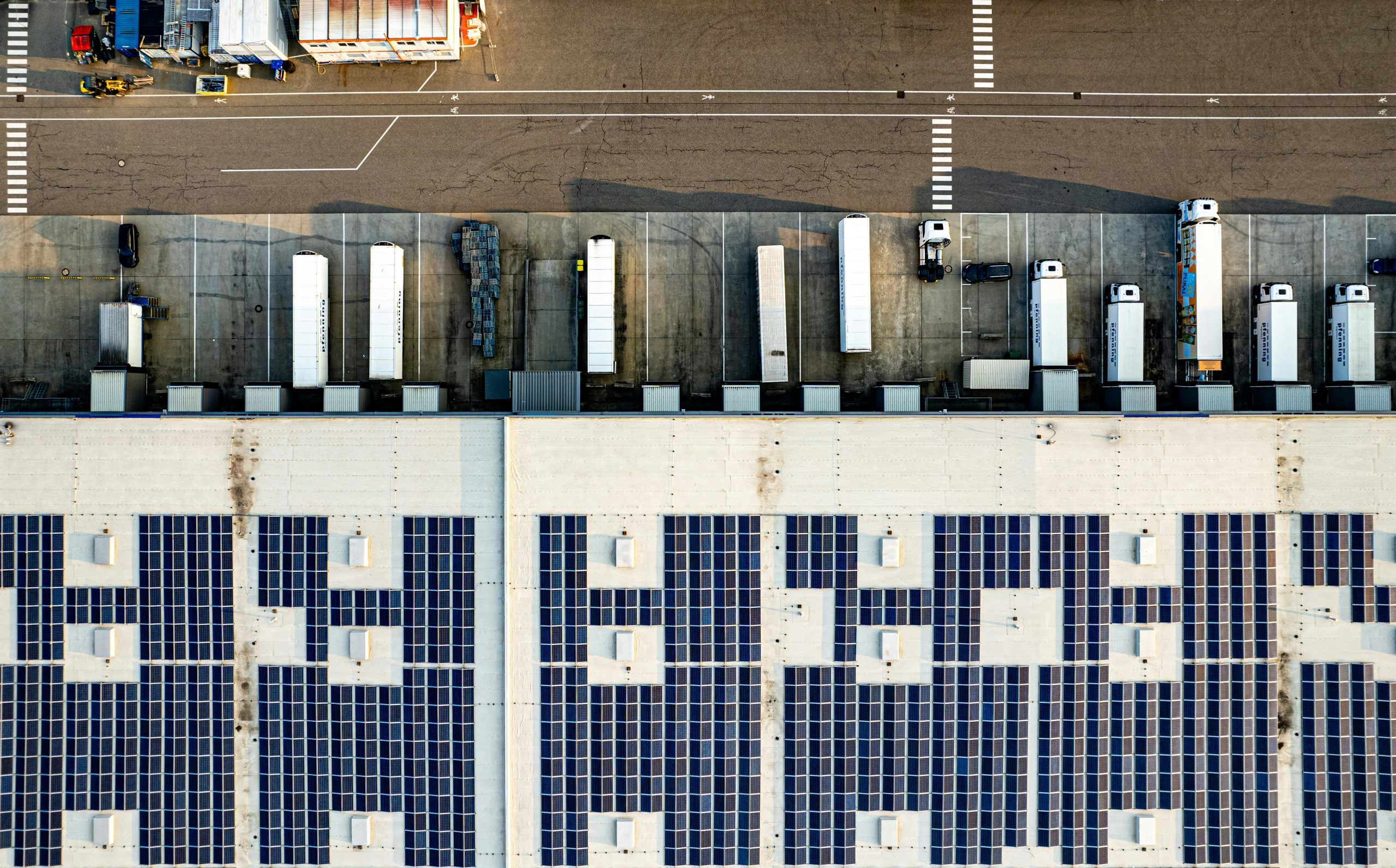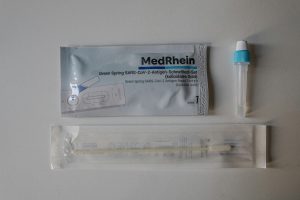Algae-Coated Roofs: Bio-Solar Panels Generating Power and Oxygen
In recent years, there has been increasing concern about our planet’s deteriorating environment and the need for sustainable energy sources. Traditional solar panels have been a popular solution, but what if there was a way to not only generate clean energy but also contribute to oxygen production? That’s where algae-coated roofs, or bio-solar panels, come in. This innovative technology harnesses the power of the sun while also promoting a healthier environment. In this article, we’ll delve into the world of algae-covered roofs and learn about how they are revolutionizing the solar panel industry.
The Science Behind Algae-Coated Roofs
Algae-coated roofs are a type of bio-solar panel, which means they harness the energy potential of living organisms. In this case, algae is the key player. Algae are single-celled organisms that use photosynthesis to produce energy. Just like traditional solar panels, algae-coated roofs use photovoltaic (PV) cells to capture sunlight and convert it into electricity. However, instead of using silicon cells like traditional solar panels, bio-solar panels use algae cells.
The concept of using algae for energy production is not new. In fact, researchers have been studying it for decades. However, it is only in recent years that this technology has been applied to roofs. The idea is simple – cover an entire surface with algae cells, and voila, a bio-solar panel is created.
The Benefits of Algae-Coated Roofs
One of the main benefits of algae-coated roofs is the production of oxygen. As mentioned earlier, algae use photosynthesis to produce energy, and as a byproduct, they also release oxygen. In fact, algae are responsible for producing more than half of the Earth’s oxygen supply. By implementing this technology on a larger scale, we could significantly increase oxygen production and combat climate change.
Another advantage of algae-coated roofs is their ability to cool the surrounding air. The dark surfaces of traditional solar panels absorb heat, which can contribute to the urban heat island effect. However, algae-covered roofs have a much lighter color and reflect more sunlight, reducing the amount of heat absorbed and consequently, cooling the surrounding air. This can be particularly beneficial in urban areas with high temperatures.
Furthermore, algae-coated roofs require less maintenance compared to traditional solar panels. They do not need to be cleaned or have parts replaced, as algae are self-replicating and self-regenerating. This means less frequent maintenance and lower costs in the long run.
The Future of Algae-Coated Roofs
Currently, algae-coated roofs are not yet widely implemented, but research and development are ongoing. The potential for this technology is immense, and experts believe that it could revolutionize the solar panel industry. As more research and advancements are made, it is expected that algae-covered roofs will become more efficient, affordable, and sustainable.
In addition to being used on roofs, algae can also be used in other areas, such as facades, windows, and even roads. The possibilities are endless, and the potential benefits are substantial. By incorporating algae-coated surfaces into our cities, we could significantly reduce carbon emissions and contribute to a healthier environment.
Conclusion
Algae-coated roofs, or bio-solar panels, are a revolutionary technology that combines the production of clean energy with oxygen production. By harnessing the power of algae, this technology has the potential to significantly reduce carbon emissions and mitigate the effects of climate change. With ongoing research and development, we can expect to see more widespread implementation of algae-coated roofs in the near future, ultimately creating a greener and more sustainable world for generations to come.











